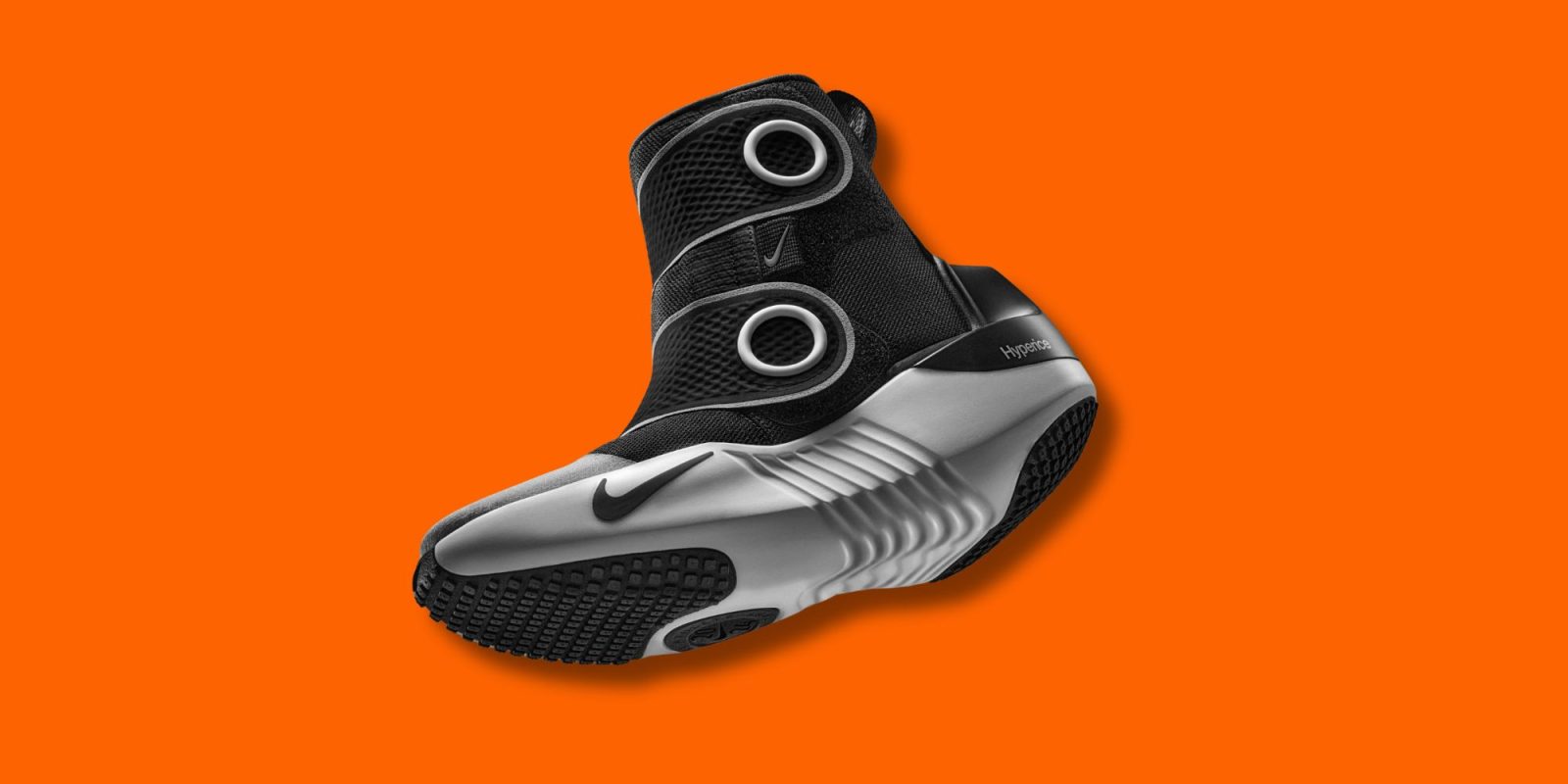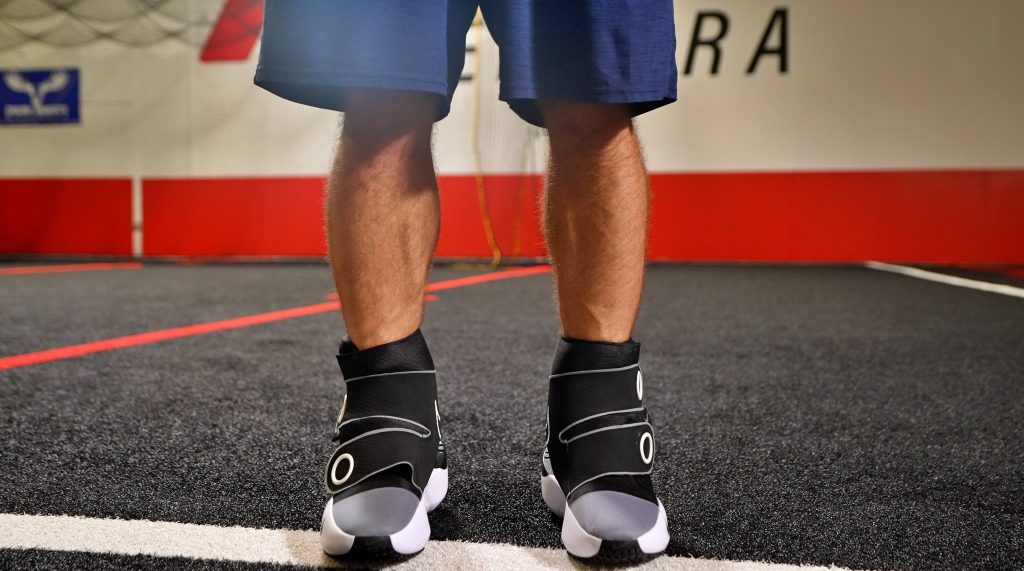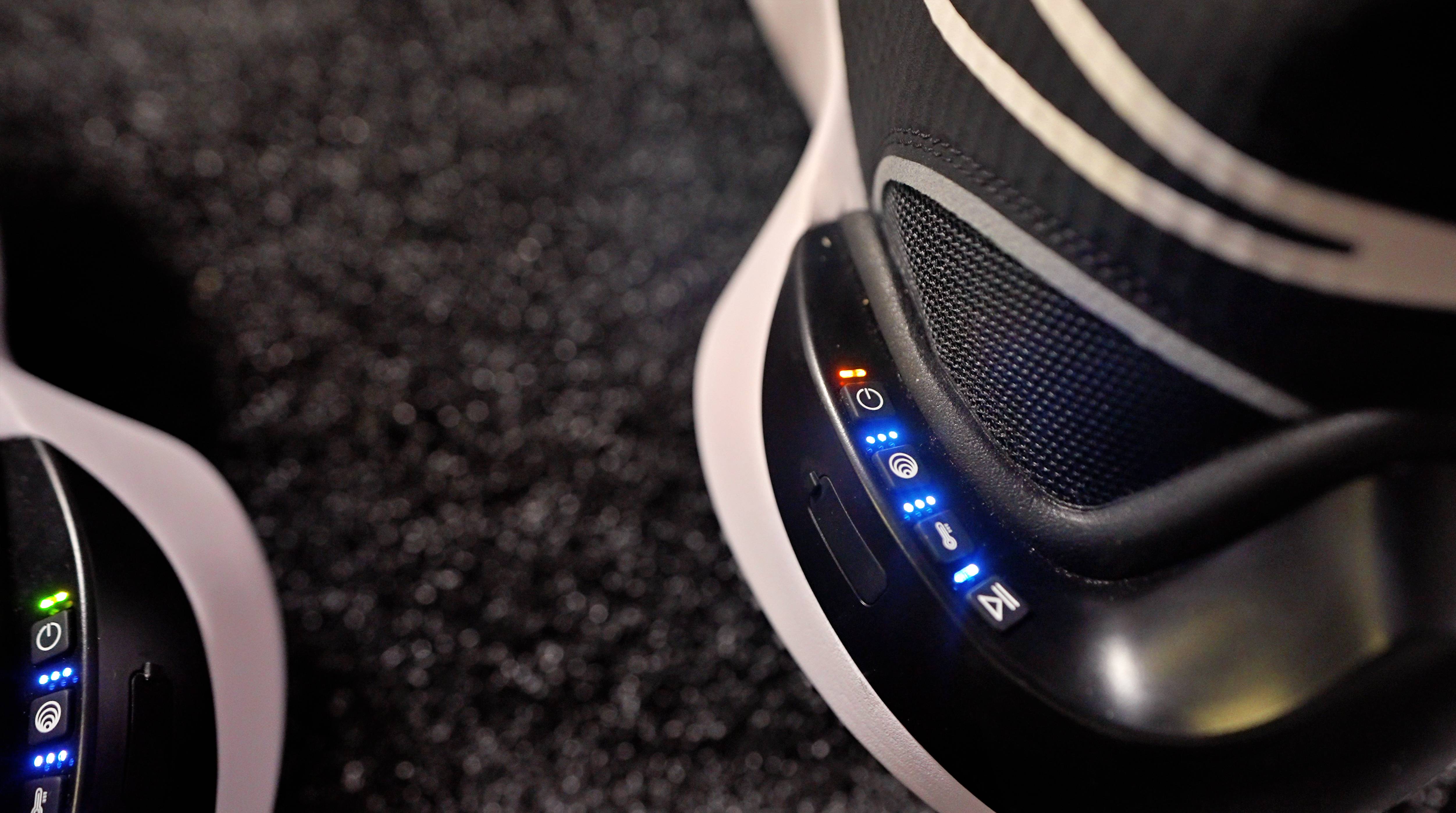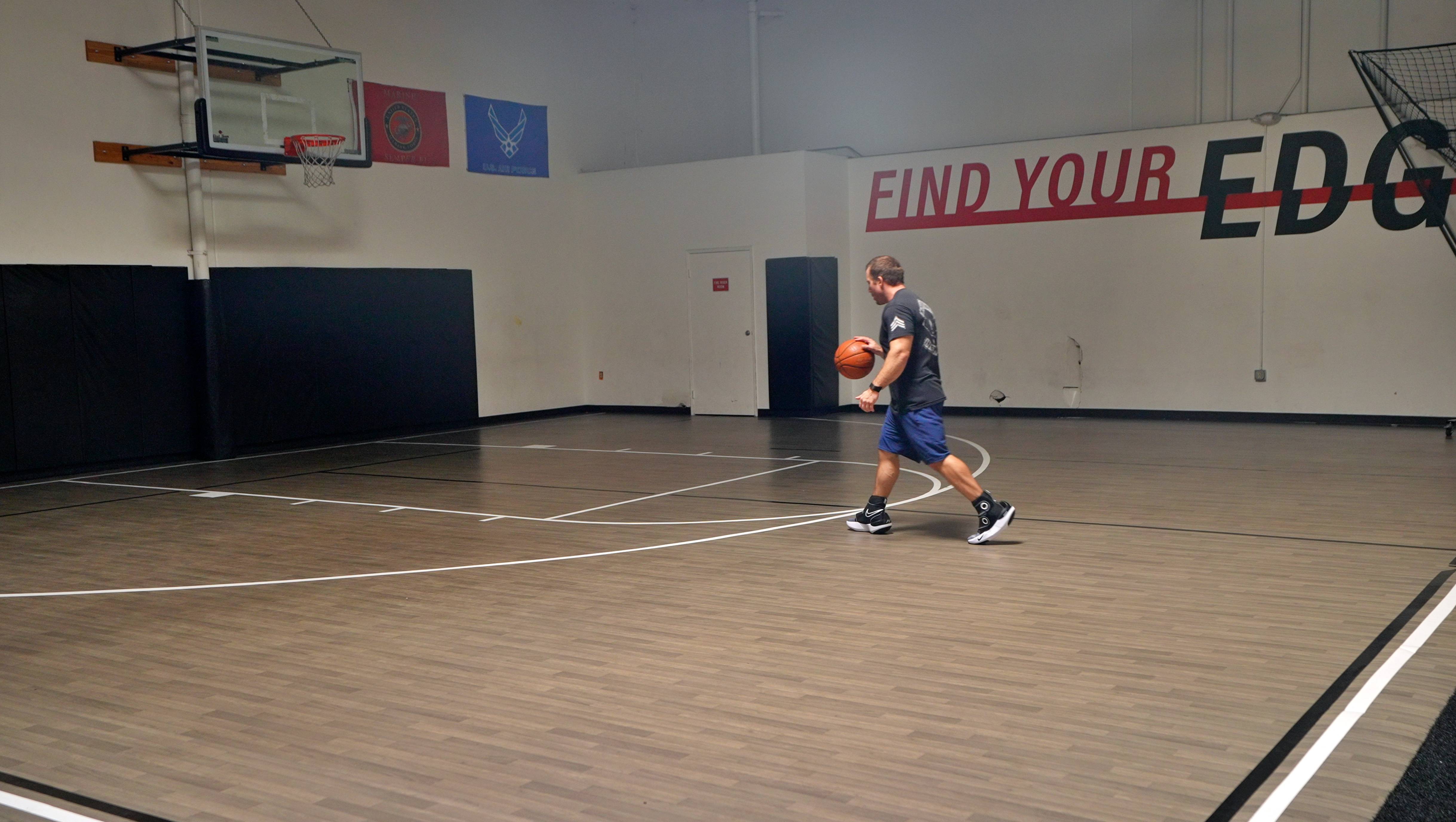
Nike and Hyperice have teamed up for one of the most ambitious recovery products yet: the Hyperice x Nike Hyperboot. These $899 wearable boots promise the same compression and heat therapy used by elite athletes, but in a form you can actually move in. I’ve been testing them for the past few weeks, and here is my full review on what they do best, who they are for and whether they’re worth the high price.
The Hyperice x Nike Hyperboot is one of the most unique recovery products of the year. Priced at $899, these high-top recovery boots combine compression and heat therapy into a wearable design that allows you to move while recovering or warming up.
If you’ve ever used Normatec boots, you already know how effective leg compression can be for post-training recovery. The only drawback is that you’re completely stuck once you zip into them. The Hyperboot takes that same concept and makes it portable. You just slip them on, press a button, and you’ve got compression and heat cycling through your feet and ankles while you stand, walk, or prep for a workout.
Visually, they look a bit over the top. The design is bulky and futuristic. But that’s fine. These are made for performance, not style.
Hyperboot – video review
Fit, Sizing, and Build
The fit feels more like a supportive ankle brace than a traditional shoe. It’s snug, structured, and stable. Hyperice uses general size ranges instead of exact measurements, with options like Small, Medium, Large, XL, and XXL. Each size covers a few standard shoe sizes, making it easy to find a fit.
Compression levels can be adjusted from light to very firm, which helps fine-tune the fit. If you fall at the smaller end of a size range, stronger compression will feel more secure. If you’re at the upper end, lower compression may be more comfortable. It’s a clever setup that works for many foot shapes.
The build quality feels premium. The outer shell is tough and slightly water-resistant, suitable for light outdoor use but not fully waterproof. Inside, air bladders and heating elements wrap around the heel and ankle to target the areas that need recovery most.
Heat and Compression Performance
Each boot has three levels of heat and three levels of compression, which can be used separately or together.
At maximum compression, the pressure is firm but comfortable. Most of that pressure focuses around the heel and ankle, which helps improve circulation and stability. It fades through the midfoot and toes, which is ideal for sports that rely on quick movements and cutting, like basketball, soccer, and tennis. For runners or cyclists, it might be nice to have a little more pressure through the lower foot, but it still provides noticeable benefit for ankle mobility and post-workout recovery.
The heat levels are impressive. Level one is mild, level two is the perfect middle ground, and level three is quite hot. Socks are required, since barefoot use would be too intense and possibly unsafe. With socks, the warmth feels deep and soothing, especially around the heel and lower ankle. I mostly stick with level two, but it’s nice having the higher setting for thicker socks or colder mornings.

Controls and Usability
The controls are straightforward. You can adjust compression, heat, or both with a few simple buttons. The two boots connect via Bluetooth, so changes made on one boot automatically sync to the other.
There’s also app integration through the Hyperice app, but it’s not required. I prefer using the built-in controls because they’re fast and intuitive. The interface is clear, responsive, and easy to use.
Battery life depends on your settings. Running both heat and compression on high gives you roughly an hour of use, while lower levels can last much longer. Each boot charges individually through USB-C, so frequent users will probably want a small dual-charging setup.
My Experience
For me, the biggest benefit came before running. My feet usually take a while to warm up, and the first mile often feels stiff and uncomfortable. After using the Hyperboot for 15 to 20 minutes before heading out, that stiffness disappeared.
By the time I started running, my feet already felt loose and responsive. It’s like skipping the warm-up phase entirely. That small change has made a big difference in how much better my runs start.

Sports Use
If you’re an athlete who plays basketball, soccer, tennis, or football, these make even more sense. You can wear them while traveling, during warm-ups, or in the locker room before a game. By the time you hit the field or court, your feet and ankles are already activated and ready to move.
That can translate to real performance gains and help prevent injuries. Warmer, more responsive muscles and joints are less likely to roll or strain under pressure.
They’re also great for recovery. A quick 20-minute post-session cycle helps promote circulation and prep you for your next workout. For athletes who train several days a week, that extra bit of prep and recovery time can add up to a real edge.
For everyday users, they’re more of a luxury. But even for me, someone who trains regularly but not professionally, I’ve found myself using them often simply because they make every workout feel better from the start.
Comparisons and Value
When compared to Hyperice’s Normatec Elite, the Hyperboot isn’t a replacement. The Normatec is still the better option for full-leg recovery when you’re relaxing post-workout. The Hyperboot is designed for activation and pre-activity warm-ups. The two products actually complement each other very well.
At $899, they’re expensive. For athletes who are serious about performance and injury prevention, the price might be worth it. For casual users, they’re more of a premium luxury item. Still, the Hyperboot is one of the few recovery tools that genuinely introduces something new and practical.

Final Thoughts
I was skeptical at first, but after using the Hyperboot consistently, I’ve been impressed. They completely solved a problem I’ve had for years: slow, painful warm-ups. Now my feet feel ready to go before I even start moving.
They’re not for everyone, and the high price is hard to justify if you’re not already invested in recovery gear. But if you are serious about training and want to enhance your preparation and recovery, the Hyperboot does exactly what it promises and does it well.
The Hyperice x Nike Hyperboot is a real step forward in performance and recovery technology.
FTC: We use income earning auto affiliate links. More.


